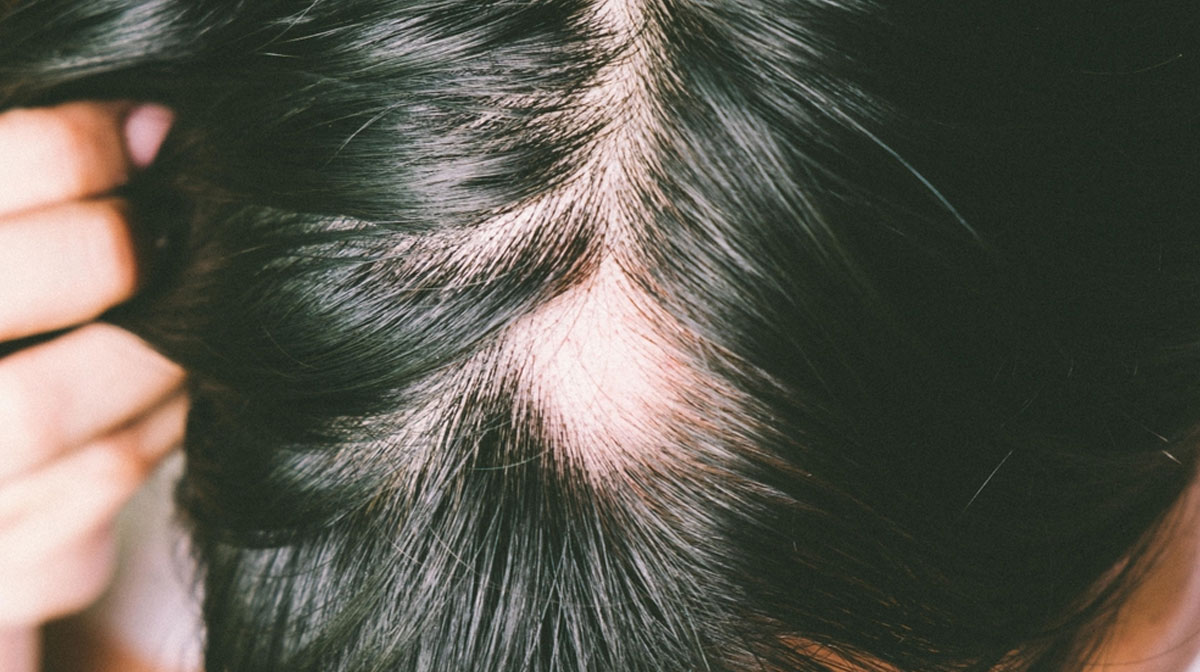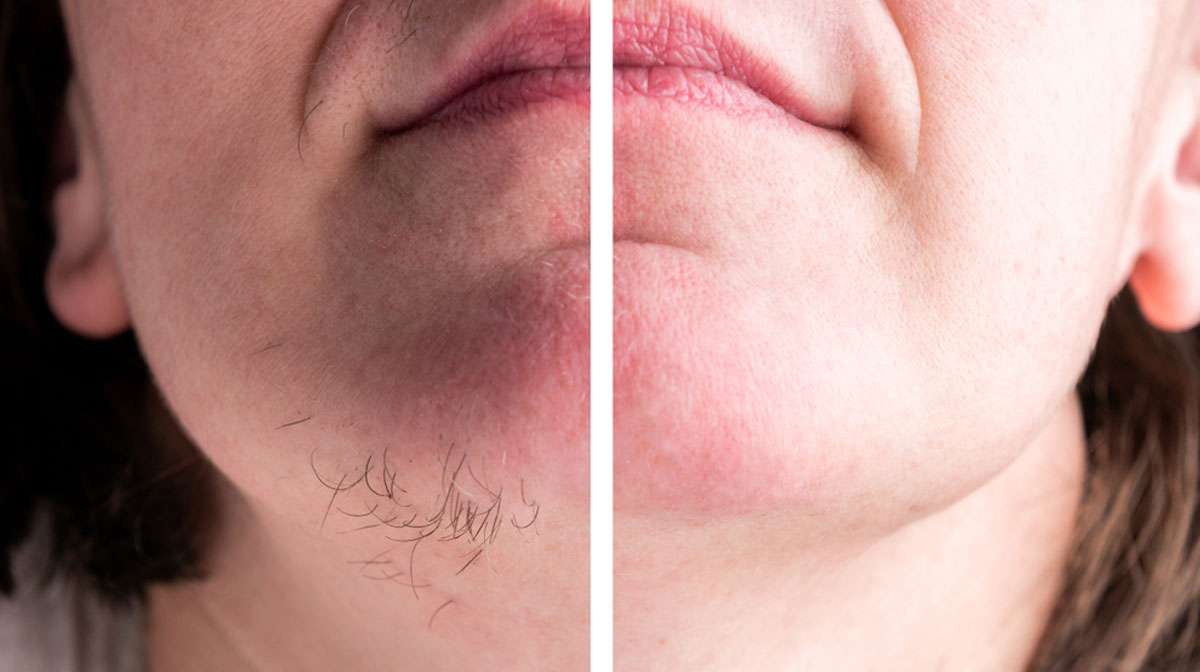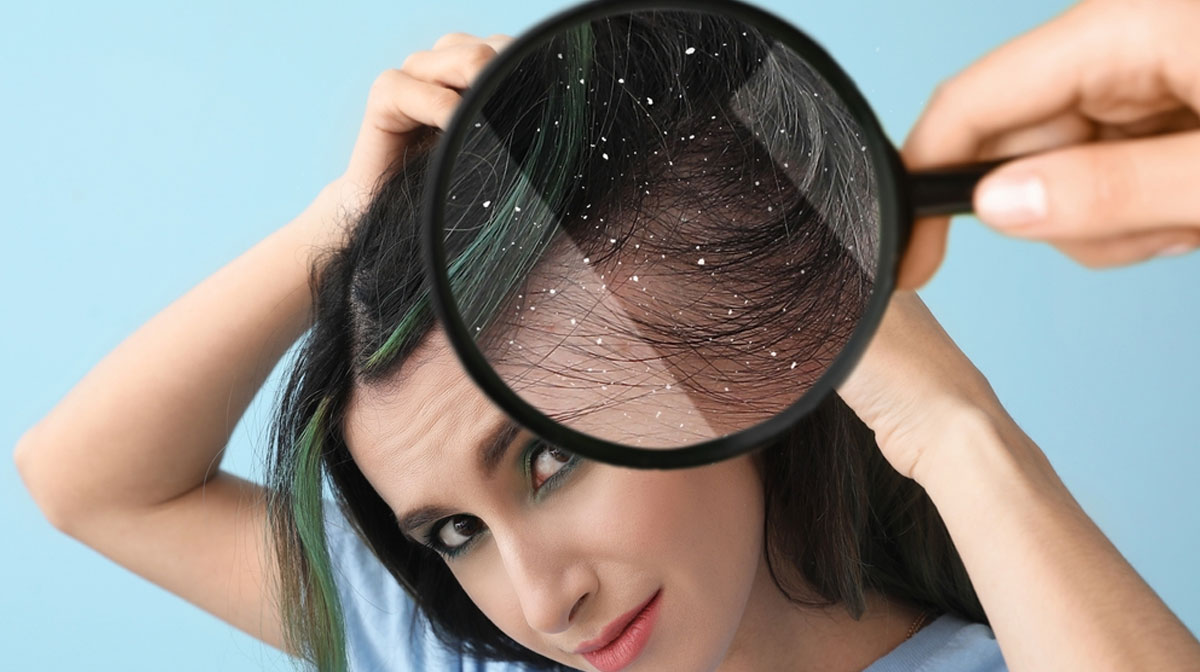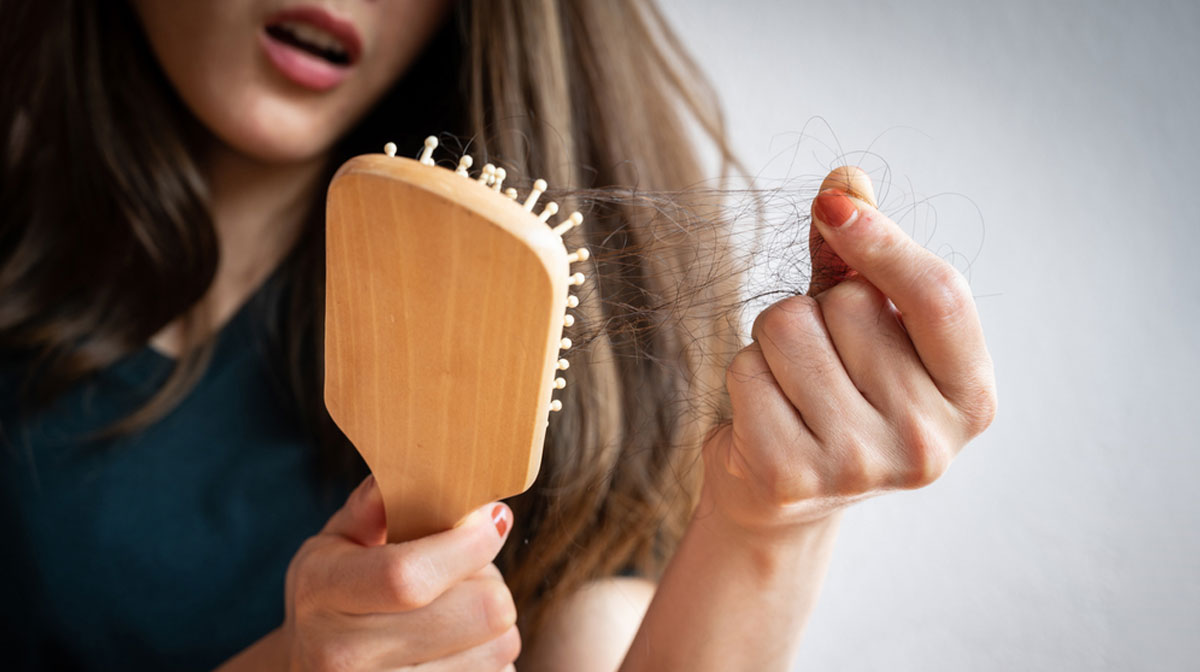- Malad West, Mumbai
- +91-7400188399
- mccmumbaicosmeticcentre@gmail.com
Alopecia Treatments
Alopecia Treatment in Mumbai

What is Alopecia?
Alopecia is the loss of some or complete hair from areas of the body where it normally grows. This condition can affect both men and women of all ages and ethnicities. Hair loss can happen on the scalp, eyebrows, eyelashes, or other parts of the body. It can be a temporary or permanent condition, depending on the underlying cause.
Mumbai Cosmetic Centre offers specialized Alopecia treatments in Malad mumbai, restoring hair growth and confidence with expert care. Book now!
Types of Alopecia
1. Androgenetic Alopecia (Male and Female Pattern Baldness):This is the most common type of alopecia, characterized by a slow thinning of hair on the scalp in a typical pattern.
In men, it usually starts with a receding hairline and balding on the crown.
In women, hair loss occurs mainly on the top of the scalp.
Alopecia Areata:This type involves sudden hair loss that results in smooth, round patches on the scalp or other parts of the body.
It is an autoimmune condition where your immune system attacks hair follicles, making the hair fall out.
Alopecia Totalis:This is a more severe condition of alopecia areata where all hair on the scalp is lost.
Alopecia Universalis:The most extreme form of alopecia areata, causing complete hair loss on the scalp and body, including eyebrows, eyelashes, and other body hair.
Causes of Alopecia
Genetics:Androgenetic alopecia is often inherited and is influenced by genetic factors.
Autoimmune Disorders:Alopecia areata, totalis, and universalis are believed to be autoimmune conditions where the immune system mistakenly attacks hair follicles.
Hormonal Changes:Hormonal imbalances, like those occurring during pregnancy, menopause, or thyroid disorders, can contribute to hair loss.
Medical Conditions:Certain medical conditions like lupus, diabetes, and fungal infections can cause alopecia.
Medications:Some medications, including chemotherapy drugs, blood thinners, and antidepressants, can lead to hair loss as a side effect.
Stress:Physical or emotional stress can trigger telogen effluvium, leading to temporary hair loss.
Diagnosis of Alopecia
Diagnostic methods of Alopecia may include:
Physical Examination:The healthcare provider examines the scalp, hair pattern, and overall hair loss.
Pull Test:A gentle tug on the hair to see how many hairs are easily removed, which can indicate the stage of hair loss.
Scalp Biopsy:A small sample of skin from the scalp is taken and examined under a microscope to determine the cause of your condition.
Blood Tests:Blood tests may be performed to check for hormonal imbalances, autoimmune markers, or nutritional deficiencies.
Prevention of Alopecia
Given below are the strategies to minimize hair loss and promote healthy hair growth:
Healthy Diet:A balanced diet rich in vitamins, minerals, and proteins supports hair health.
Stress Management:Practicing stress-reducing techniques such as yoga, meditation, or exercise can help prevent stress-induced hair loss.
Avoiding Harsh Treatments:Limiting the use of harsh chemicals, heat styling tools, and tight hairstyles can prevent damage to hair follicles.
Regular Scalp Care:Gentle scalp massages, using mild shampoos, and avoiding excessive brushing or combing can maintain scalp health.
Medical Consultation:Regular check-ups with a cosmetologist can help address your hair loss.

Top Alopecia Experts in Mumbai
FAQs
1. Can alopecia be cured?
The outcome of alopecia treatment varies depending on the type and cause. Some forms of alopecia, such as androgenetic alopecia, may not have a cure but can be managed with treatment. Other types, like alopecia areata, may resolve on their own or with medical intervention.
2. Can stress cause alopecia?
Yes, stress can contribute to alopecia. Managing stress through relaxation techniques can help prevent stress-induced hair loss.
3. Is alopecia hereditary?
Androgenetic alopecia has a strong genetic influence and tends to run in families. However, not all types of alopecia are hereditary.
4. Are there any natural remedies for alopecia?
Some natural remedies, such as essential oils like rosemary or peppermint, may have anecdotal benefits for promoting hair growth.
5. Can alopecia affect children?
Yes, alopecia can affect children, including conditions like alopecia areata. It's essential for parents to seek medical evaluation and treatment for children experiencing hair loss to determine the cause and appropriate management.





